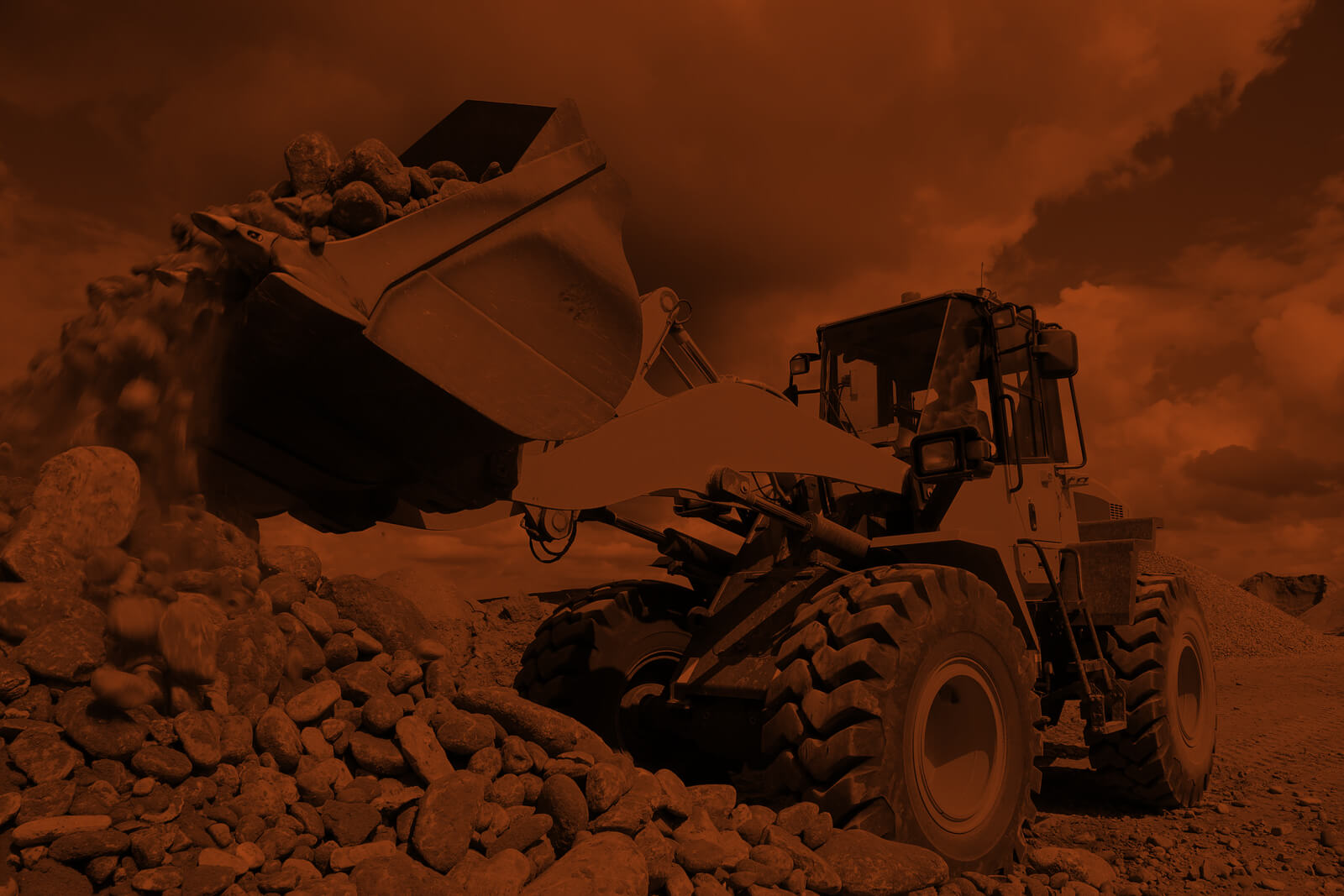Waste shredders are powerful machines designed to efficiently process and reduce the size of various types of waste materials. They are commonly used in industries such as recycling, waste management, biomass, and manufacturing, where there is a need to dispose of or repurpose bulky and voluminous waste.
The primary function of a waste shredder is to break down large and diverse waste items into smaller, more manageable pieces or particles. This reduction in size offers several benefits, including increased storage capacity, easier transportation, improved waste handling efficiency, and enhanced downstream processing.
Here are some key aspects and features of waste shredders:
- Shredding Mechanism: Waste shredders typically feature robust cutting or grinding mechanisms that employ sharp blades, hammers, or rotating discs to tear and shred the waste materials. The design and configuration of the shredding mechanism can vary based on the type and characteristics of the waste being processed.
- Versatility: Waste shredders can handle a wide range of waste materials, including municipal solid waste (MSW), industrial waste, construction and demolition waste, electronic waste (e-waste), tires, plastic containers, wood, biomass, and more. They are often equipped with adjustable settings to accommodate different waste types and achieve the desired output size.
- Size Reduction: Waste shredders are highly effective in reducing the size of waste materials. By shredding bulky items into smaller pieces or particles, they create a more homogenous and manageable waste stream that can be further processed or disposed of efficiently.
- Sorting and Separation: Some waste shredders are equipped with sorting and separation mechanisms to remove contaminants or recover valuable materials from the waste stream. This may include the use of screens, magnets, air classifiers, or other technologies to separate different fractions based on size, density, or magnetic properties.
- Safety Features: Waste shredders are designed with safety features to protect operators and prevent accidents. These may include emergency stop buttons, safety interlocks, overload protection, and shielding to prevent contact with moving parts.
- Automation and Control: Modern waste shredders often incorporate advanced automation and control systems to optimise performance, monitor operation parameters, and adjust settings as needed. This allows for efficient and reliable operation while minimising manual intervention.
- Environmental Considerations: Waste shredders contribute to environmental sustainability by reducing the volume of waste sent to landfills, promoting recycling and resource recovery, and facilitating the generation of alternative fuels or biomass for energy production.
- Scalability: Waste shredders are available in a range of sizes and capacities to suit different processing requirements. Smaller units may be suitable for smaller-scale operations or specific waste streams, while larger shredders are capable of processing high volumes of waste materials.
In summary, waste shredders are robust machines designed to reduce the size and volume of various types of waste materials. They offer advantages such as increased waste handling efficiency, improved storage and transportation, and enhanced recycling or resource recovery possibilities. By processing waste through shredding, these machines play a vital role in waste management, recycling initiatives, and sustainable practices in the UK and across the globe.
At QRMS, we supply a wide range of high quality waste shredder parts for industrial shredders and waste shredders including hammers, nuts, bolts, washers, and carbide tipped equipment to increase longevity of your waste shredder.


